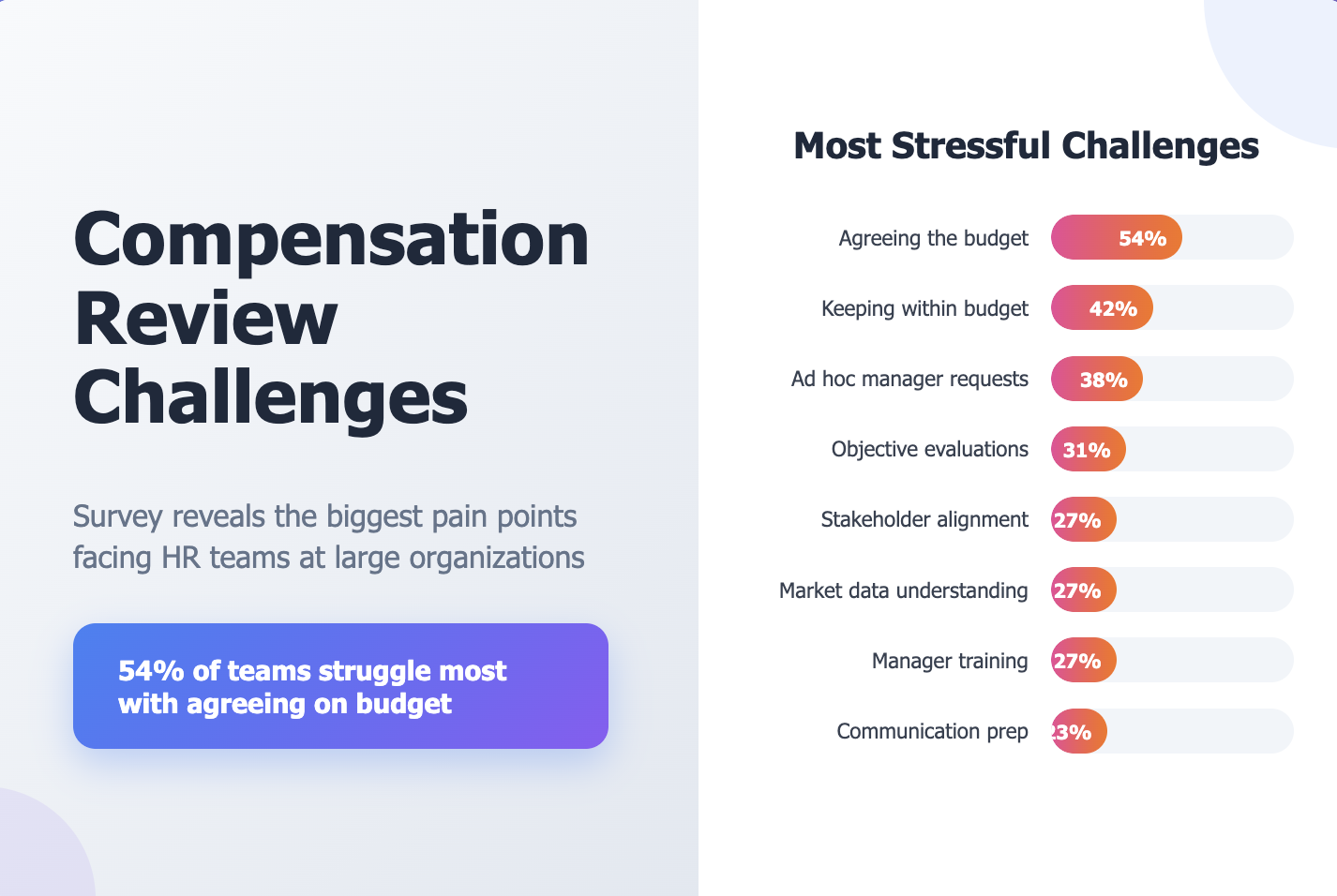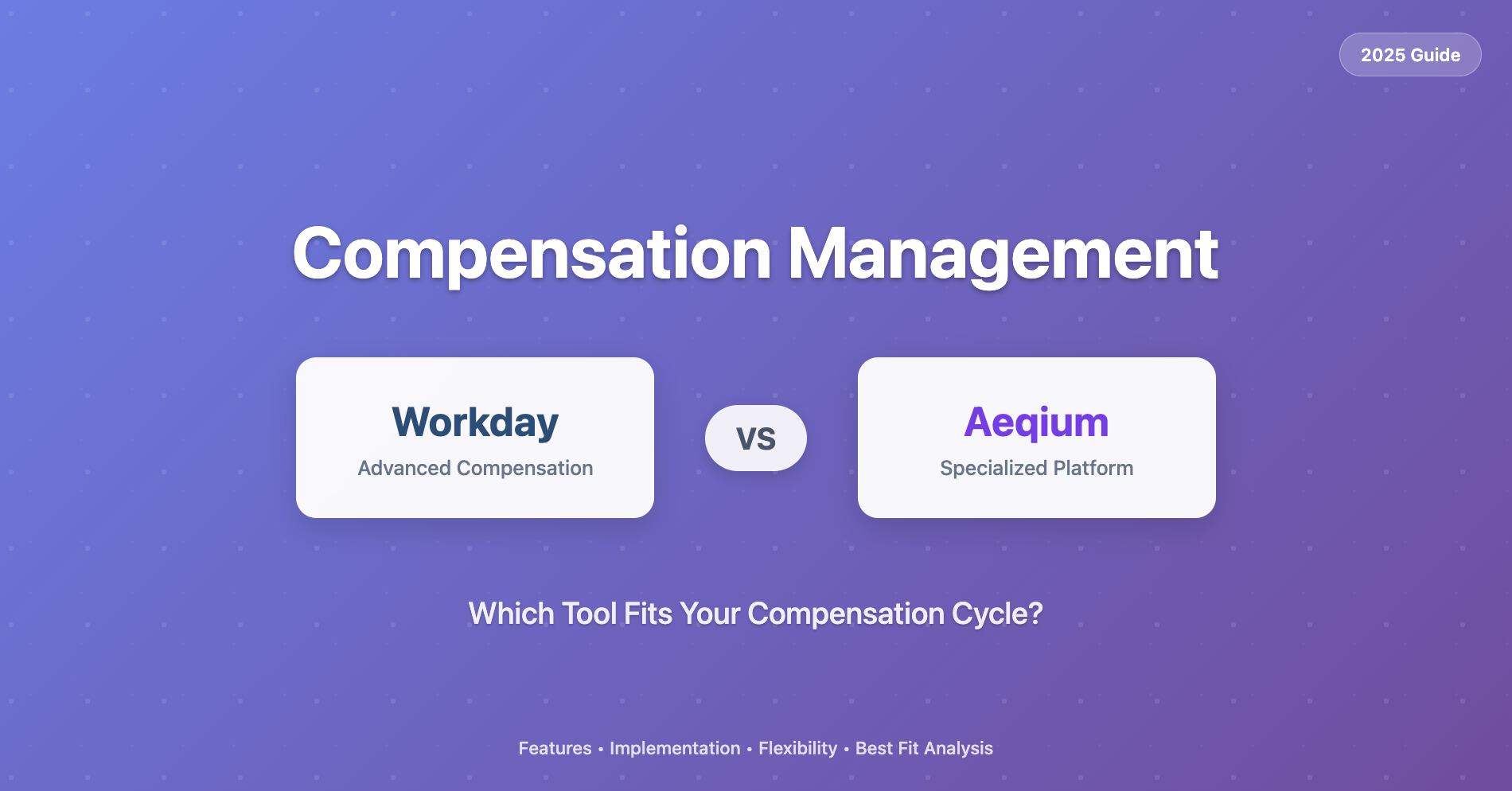Pay Transparency Prepared: Expert Advice for Preparing for Pay Transparency

“How much does it pay?”
It’s the number one question job candidates want answered. It’s also become a challenge for HR leaders due to the growing demand for Pay Transparency. Most job candidates and employees now expect salary information to be readily available in job postings or to understand how their pay compares to their peers. According to a survey by ResumeLab, a significant 87% of participants believed that job postings should always include a salary range.
To address these expectations, governments worldwide have responded by introducing new laws on pay transparency. In the United States alone, 30 states have laws at the state, city, or local level according to the Society for Human Resources Management. However, the differences between these laws across regions have made it difficult for HR leaders to navigate how to comply legally and ensure a positive employee experience.
To help HR leaders with this challenge, Aeqium CEO Peter McKee sat down with a panel of experts to provide actionable tips and advice for preparing for a pay-transparent world. The experts included Michelle McKinnon, Partner at Cassels; Daniese Adams, Director of Total Rewards at CareRev; and Justin Sun, Global Compensation Advisor at Expedia Group.
Here’s what our experts had to say about navigating pay transparency…
Read on or watch the Pay Transparency Prepared webinar recording here.
Preparing your managers to talk about pay
How do you prepare a manager to talk about pay?
One major challenge faced by employers is preparing managers for sensitive discussions about compensation. Managers outside of HR are rarely experts in company pay philosophy, leading to potential issues in employee compensation conversations. To address this, HR teams need to educate managers about the finer points of compensation programs and prepare them to address employee concerns.
According to Daniese Adams, equipping managers with the necessary tools and skills to understand compensation plans is essential to successfully implementing pay transparency.
“Managers aren’t experts in this but if you give them little pieces here and there and equip them with the tools and the skills they need to understand the comp plans, that's super important when it comes to helping roll out pay transparency.” - Daniese Adams
The experts each agreed that a multichannel approach to training, using emails, articles, visual aids, and lunch-and-learn sessions are key to conveying critical information about compensation plans. Developing a comprehensive FAQ document for managers to address common employee questions can also help maintain consistency in messaging and prepare managers for sensitive conversations.
Navigating the patchwork of pay transparency laws
Should I be transparent with all employees or just those in regions with transparency laws?
Many companies have employees in various jurisdictions with different pay transparency requirements. These companies need to decide whether to roll out pay transparency incrementally region-to-region as new laws emerge or to adopt a standardized approach and provide full pay ranges for all locations at once regardless of specific legislation.
The experts recommend a standardized approach across all regions. However, they emphasize the importance of considering the company's compensation philosophy, operating model, and employee experience while making this decision in light of the patchwork legislation.
Two primary reasons cited in favor of pay transparency across all regions are employee experience and scalability:
"Employees don’t care about whether it's a legal obligation or not, they just care about why other employees are being treated differently. Why are they getting this information and I’m not?’ So there’s an employee experience issue. Companies that do adopt this approach might be in a better position to attract top talent and retain employees." - Michelle McKinnon
For companies with lean HR and compensation teams, a unified approach may be more manageable and sustainable compared to handling individual regulations in each jurisdiction.
"If you’re a leaner HR and comp team, it’s not necessarily sustainable to roll out pay transparency in patches. If you’re trying to roll out consistent policies, it makes sense to roll out job posting language that applies to all states versus trying to comply with each state’s regulations as they roll out." - Justin Sun
Consistency is crucial in this context. By adopting a consistent approach to pay transparency, managers can better understand and comply with the regulations. Standardized job posting language and guidelines for managers contribute to maintaining this consistency.
The consequences of non-compliance with pay transparency laws
What will happen to companies that don’t comply with pay transparency laws?
In its analysis of LinkedIn job postings in New York and California, Aeqium found that 30% of listings did not fully comply with the requirements to post salary ranges. This included roles from well-resourced tech giants and small businesses alike.
While legal penalties and fees are possible for non-compliant companies, the experts agreed that, at least in the near term, the bigger risk is the negative impact on the company's reputation. Reputational damage is already resulting in companies losing top talent and potential job applicants who are concerned about fair pay practices.
Government initiatives, such as "naughty lists," listing non-compliant companies, add to this reputational risk. Companies should consider compliance as part of their compensation philosophy and view transparency as a way to build trust with employees and attract top talent.
“In British Columbia, the government is taking it one step further and has announced they’re planning to publish a ‘naughty list’ of companies on the government website who are not compliant. So apart from the legal consequences, the reputational implication is real.” - Michelle McKinnon
The experts agreed that transparency should be a core value underlying all HR programs, fostering trust and open discussions about compensation among managers and employees. Building this trust is helpful in avoiding potential lawsuits and improving the overall employee experience.
Pay transparency for stock options and bonuses
Should pay transparency apply to stock options and bonuses?
While base pay transparency is an essential starting point, the experts were divided on whether future legislation should extend to cover equity and bonus structures. Daniese Adams pointed out that variable pay and stock options are more complex and variable, making them challenging to communicate transparently. Justin Sun also pointed out that sharing detailed information about equity and stock may also be difficult due to constantly changing stock prices and complex vesting schedules.
However, some companies have begun incorporating variable incentive targets into the ranges they disclose. Michelle McKinnon emphasized that, currently, base pay transparency makes the most sense both legally and practically. Including variable pay in job postings may pose legal risks as it is not guaranteed and could lead to misunderstandings between employers and employees.
Overall, the experts agree that base pay transparency is most important to building trust with employees. While incorporating variable pay and stock options may present challenges, companies can focus on establishing transparency in base pay as a stepping stone toward a more open and equitable compensation system.
Resources for Analyzing Pay Transparency & Pay Equity
To assist organizations in navigating pay transparency and equity, Aeqium offers compensation planning & analysis tools. HR leaders can request a demo to explore pay transparency & equity tools or register for free access to pay band management and offer letter tools.
By adopting best practices and heeding expert advice, HR leaders can successfully prepare their organizations for a pay-transparent future, enhancing employee satisfaction and attracting top talent.




